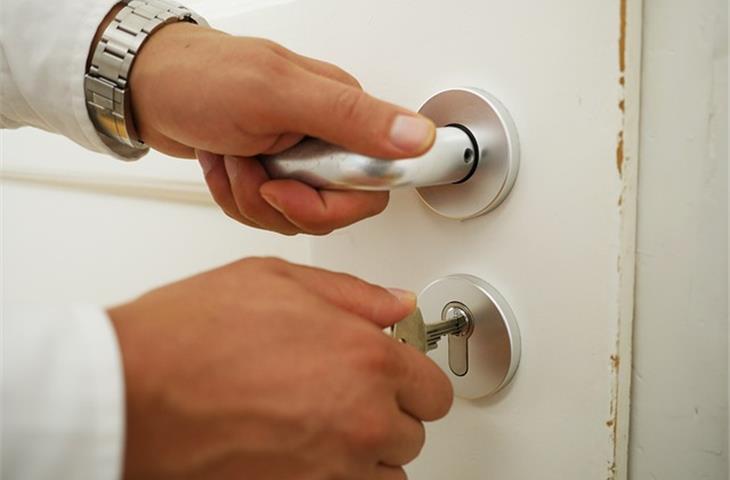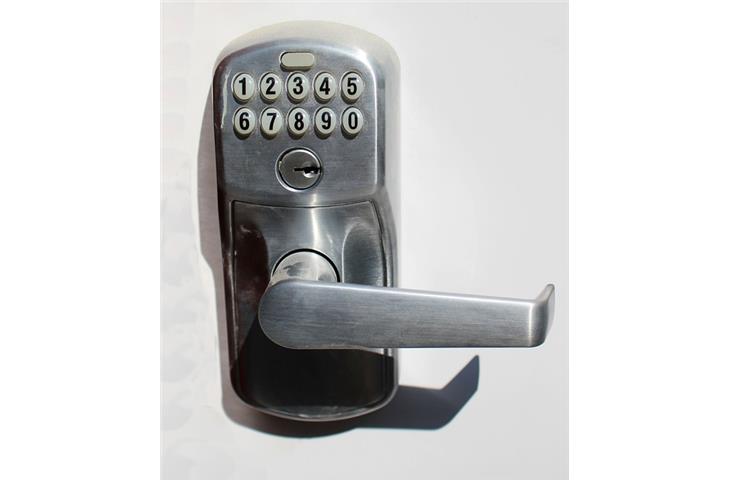Recreational vehicle (RV) access door locks serve as instrumental elements promoting traveler safety and tranquility within recreational vehicles. These components serve a pivotal function by safeguarding personal possessions and instilling tranquil certainty amidst voyages on the open road. This discourse endeavors to elucidate the various facets of RV access door locks, encapsulating their significance, classifications, setup, and preservation. By comprehending these pivotal aspects, RV owners can maintain security and protection at all times.
1. Significance of RV Access Door Locks:

The paramount objective of RV access door locks is to guarantee vehicular security and its contents. These locks deter theft, unauthorized access, and potential harm. By securing your RV, you can thwart the pilfering of valuables and assure the safety of your loved ones during travel. Moreover, dependable locks can foster tranquility, enabling you to relish your journey unperturbed by concerns over your belongings’ safety.
2. Categories of RV Access Door Locks:

Numerous categories of RV access door locks exist on the market, each proffering distinctive attributes and advantages. Commonly utilized types encompass:
Deadbolts: These locks deliver superior security, engineered to withstand forced entry. Deadbolts are typically employed on RV doors and are renowned for their robustness and reliability.
Padlocks: Padlocks are user-friendly and can be affixed to diverse areas of your RV, like storage compartments and access doors. They vary in size and locking mechanisms, rendering them adaptable for varied applications.
Keyless entry systems: These locks offer convenience and security by obviating the necessity for keys. They can be manipulated via a keypad, remote control, or biometric verification, assuring that only authorized personnel gain access to your RV.
Combination locks: Combination locks add another layer of security by necessitating a precise code to unlock the door. They are intuitive to operate and can be an excellent choice for those who eschew carrying keys.
3. Installation of RV Access Door Locks:

Installation of RV access door locks may appear straightforward, yet adherence to the manufacturer’s guidelines and ensuring correct installation is imperative. The following steps should be considered:
Select the appropriate lock type for your RV and its distinct requirements.
Adhere to the manufacturer’s instructions to install the new lock, ensuring it is securely fixed and operating effectively.
Test the lock to confirm seamless operation and the desired degree of security.
To prolong the lifespan and efficacy of your RV access door locks, consistent maintenance and preservation are indispensable. The following suggestions can assist in maintaining your locks in optimal condition:
Regularly clean the locks to prevent accumulation of dirt and debris, which can impede their functionality.
Examine the locking mechanism for indications of wear and tear, and replace any compromised parts expediently.
Perform periodic lubrication of the locks to ensure smooth operation and prevent seizure.
Park your RV in a secure location when not in use, and employ additional locks or security measures, such as a deadbolt or chain, for enhanced protection.
RV access door locks are a fundamental component of recreational vehicles, delivering security and tranquility to travelers. By comprehending the significance, classifications, installation, and preservation of these locks, RV owners can ensure that their RV remains secure and protected throughout their adventures. It is crucial to select the suitable lock type for your specific needs, execute its installation meticulously, and conduct routine maintenance to preserve your locks in prime condition. With these considerations in mind, you can revel in your travels without fretting over the safety of your RV and its contents.

